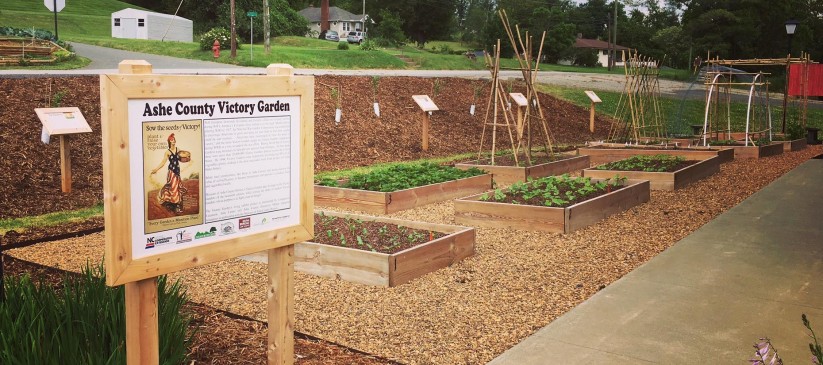Ashe County Victory Garden

With European farmlands devastated and farmers called into military service during WWI, America’s European allies turned to us for food. Months before entering WWI in 1917, the National War Garden Commission was established to encourage Americans to grow and store our own food so that farm surplus could be sent overseas. Americans were encouraged to “sow the seeds of victory,” and the name Victory Garden caught on. Victory Gardens reappeared during WWII as a way to support the war effort. During World War II Victory Gardens were necessary to help prevent national food shortages. At their peak, there were more than 20,000,000 Victory Gardens planted across the United States. By 1944, Victory Gardens were responsible for producing 40% of all
vegetables grown, making it the most successful local foods project in United States history.
While rural communities, like those in Ashe County had always known the value of self-sufficiency, it became mainstream and patriotic to produce fruits and vegetables locally.
Museum of Ashe County History’s Victory Garden pays homage to the Victory Gardens of the twentieth century, while joining the ranks of modern Victory Gardens whose purpose is to fight a war on hunger.
The Victory Garden’s living exhibit project is maintained by Cooperative Extension, Ashe Center and Ashe County Extension Master Gardener Volunteers in partnership with the Museum of Ashe County History.